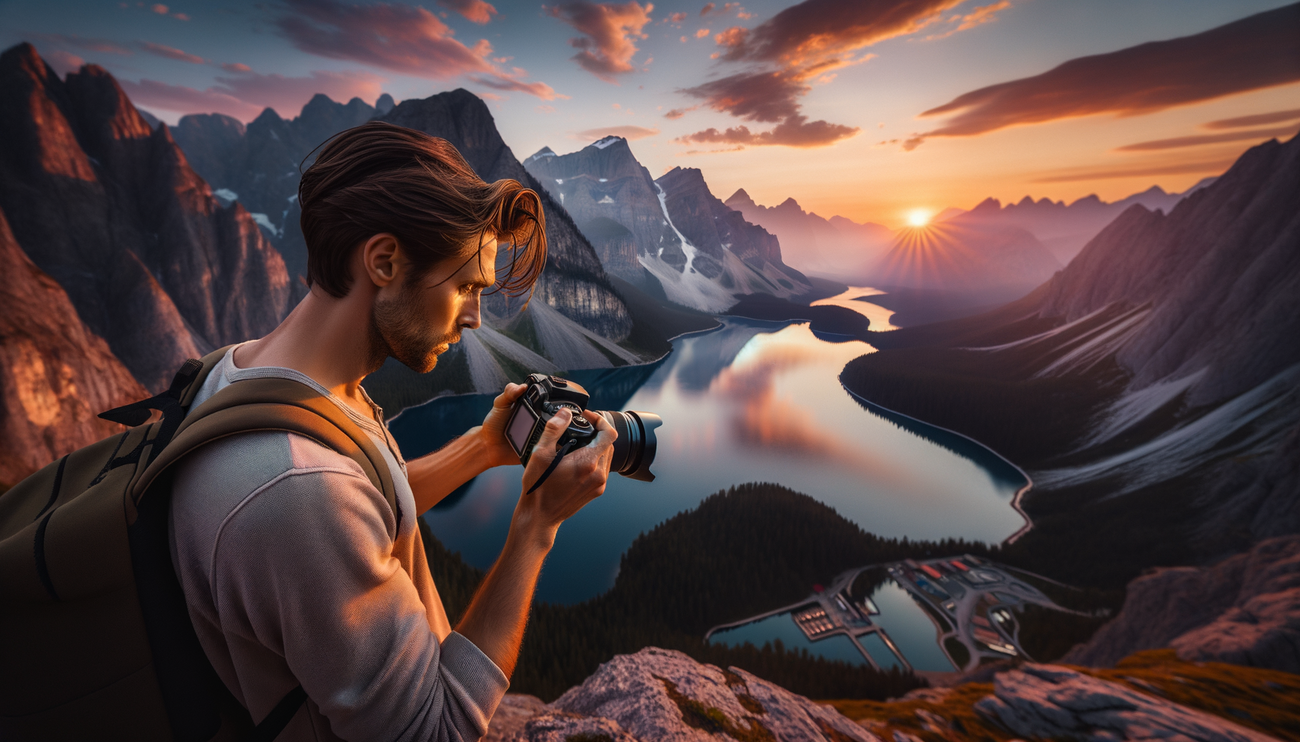
Landscape photography is a unique way to capture the beauty of nature and convey your emotions through images. Landscapes can inspire, amaze, or even evoke nostalgia. But how do you create a truly impressive image? In this article, we will explore the key aspects that can help you enhance your skills in landscape photography and create unforgettable shots.
The first step to creating a stunning landscape is understanding what you want to capture. Nature offers us numerous options: from mountain peaks to coastal shores, from bays to rivers and even urban landscapes. Each of these elements requires its own approach. Before going out to shoot, try to envision the final result and reflect your concept in your mind.
One of the most important aspects of landscape photography is choosing the right time of day to shoot. The golden hour is when the sun is low on the horizon, creating soft and warm light. This is the perfect time for photography as gentle shadows add depth to the image. Moreover, during sunrise and sunset, the sky is filled with stunning hues that can complement your landscape.
In addition to the time of day, weather also plays a significant role in creating landscape photography. Overcast days can add drama to a scene, while rain and fog can create an atmosphere of mystery. Don’t shy away from bad weather; instead, use it in your work to create unique and memorable shots.
To make an impressive shot, it's crucial to choose the composition wisely. The rule of thirds, leading lines, and framing can help you organize elements within the frame. Placing the main subject at one of the intersections of the thirds creates visual interest alongside balance in the shot. Don’t hesitate to experiment with angles and perspectives, changing your positions to find the most captivating option.
Also, keep in mind the use of the foreground in your compositions. Including a foreground element can add depth to your image and guide the viewer's gaze to the heart of the photograph. This could be anything from stones, flowers, or even a path winding through the forest.
When you reach your shooting location and are ready to work, it's important to use the right equipment. Professional cameras and lenses provide the best image quality; however, for landscape photography, you don’t necessarily have to use the most expensive gear. Many photographers achieve excellent results using mid-range cameras and stabilizers. A tripod is essential when shooting, especially in low-light conditions, to avoid image blur.
Post-processing your photographs after taking the shots can significantly enhance them. Programs like Adobe Lightroom or Photoshop offer a wide range of tools for color, contrast, and brightness correction. Small adjustments during post-processing can highlight your work and give it a professional look.
In conclusion, remember that on the path to creating stunning landscape photographs, practice and perseverance are key. Don’t be afraid to try new techniques and approaches, and most importantly, enjoy the process! Each time you head into nature with your camera, you open up new perspectives and opportunities for creating unique shots.


